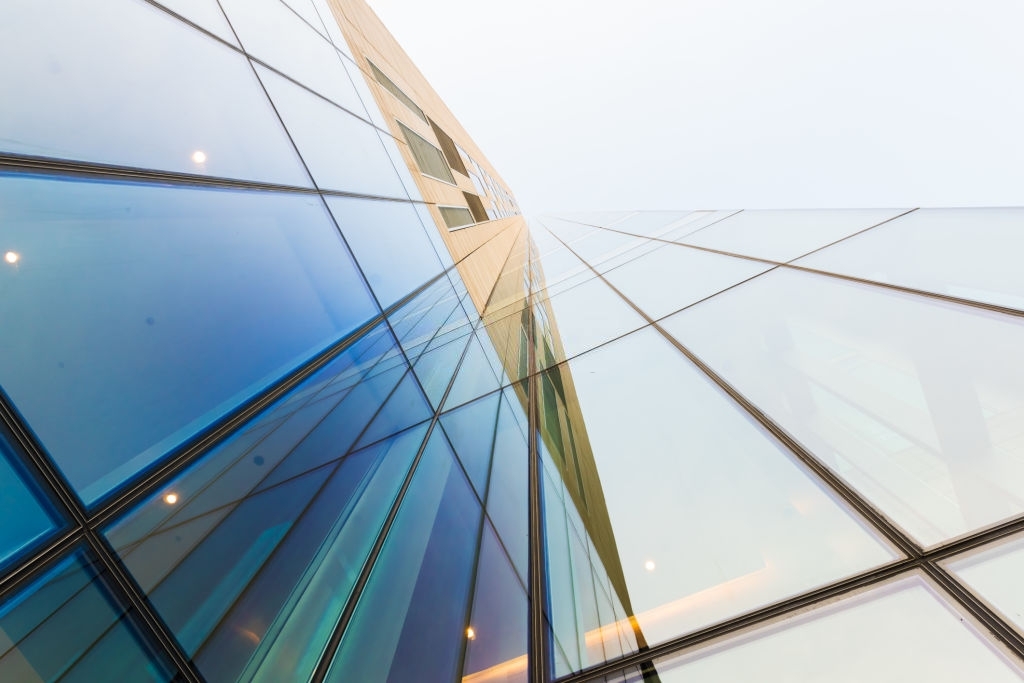The Room Where It Happens
No – we aren’t talking about Hamilton.
Fans of the iconic play Hamilton, by Lin Manuel Miranda, will recognize the title of this blog. While the play is one of my all-time favorites, maybe the most favorite, the title was chosen for a different reason.
You see, I was reflecting today on the times that I felt excluded from the room where it happened, often times not understanding why. In fact, I recall one time very poignantly where I had completed work on a very special project only to be uninvited from “that room where it all happened”. Certainly my thinking couldn’t be that far off when the work was reaching the eyes and ears of the highest paid leaders in the company? I remember thinking, what was it about me that allowed my work to be acceptable, but for me not to have the right package. It got me thinking a lot about what it takes to be in the room where it happens. Did I need to change or was I simply in the wrong environment? This question continues to fuel my passion for inclusion work. And if you, like I was back then, are struggling to get your voice heard, then this post is for you.
What I have learned in the years since was that my exclusion was in large part due to a work climate that valued hierarchy and felt the need to caste employees based on their level. Thankfully, this antiquated thinking is changing, albeit slowly. When we talk about inclusivity, this is exactly how lack of it shows up. This is how voices get silenced and it is how the workplace becomes an echo chamber of thoughts, voices and opinions that create risk and siloed perspective.
Over the course of years as my own practice in this area has taken shape, I’ve discovered that the work of inclusivity was not mine alone to shoulder, then and it is not today. Instead, it takes a true village of leadership and empowered individuals to create an environment of discourse and stand up to efforts that shut down thinking that is new. It is time for organizations to recognize that the work of inclusion and belonging does not rest on the shoulders of those who seek to be heard but of all of us who care about the survival of our organizations. We call this new way of being Cognitive Dynamism, and in a series of future posts, we will dig into why the model is changing the way progressive organizations view diversity and inclusion.
It’s time to make room a little bigger, with a better, broader view.


